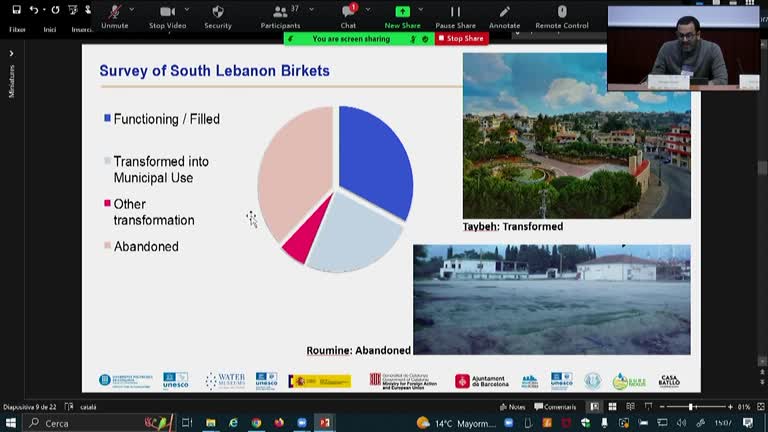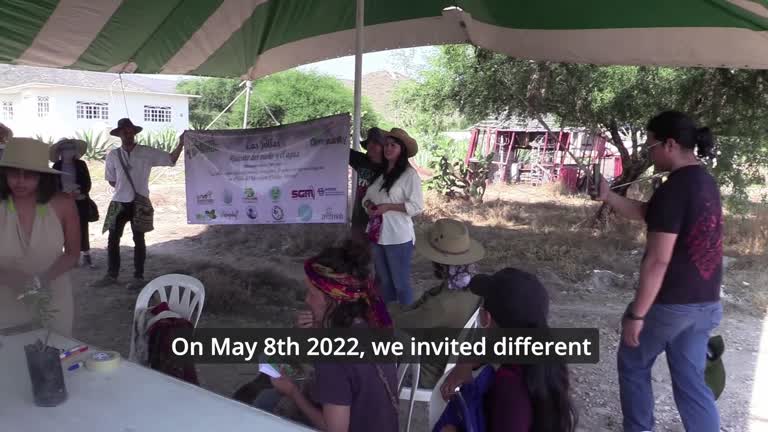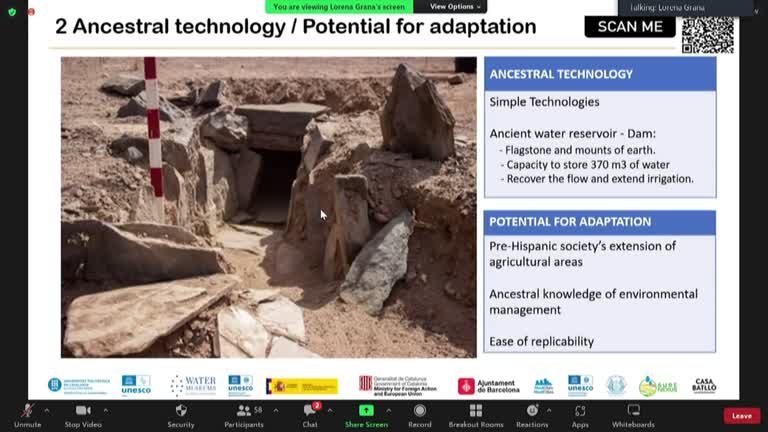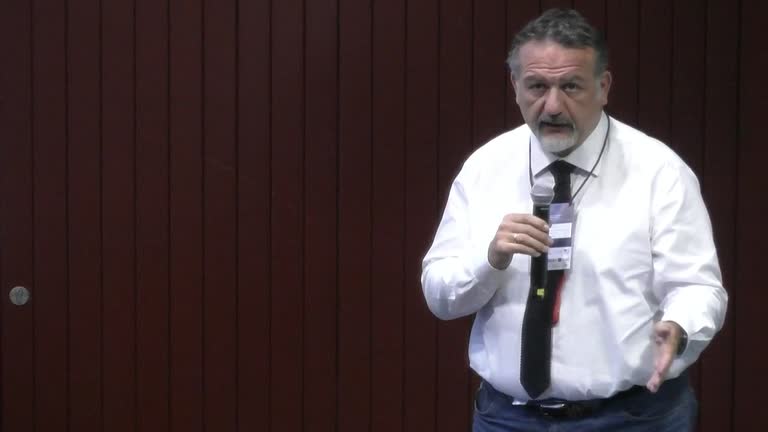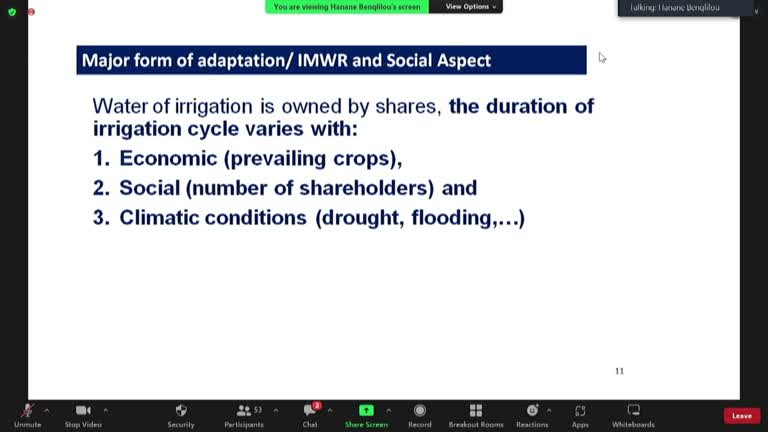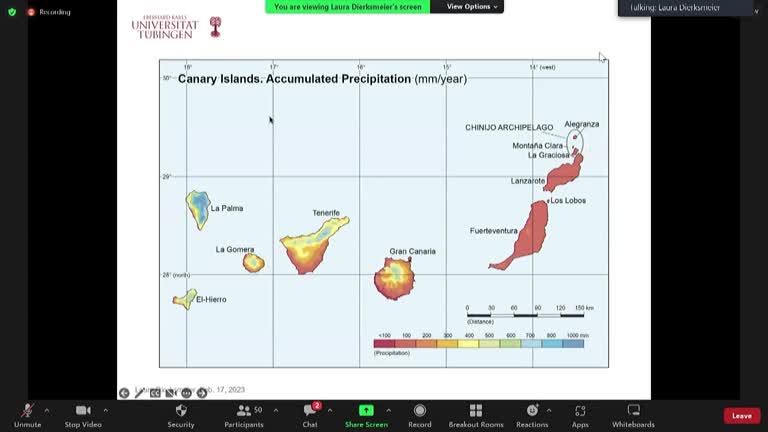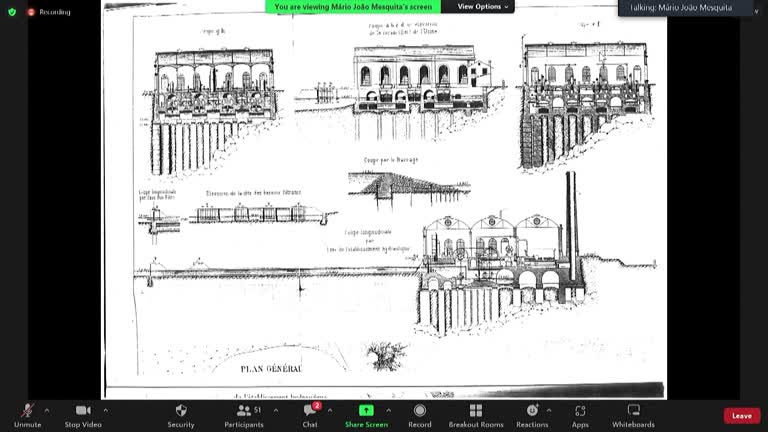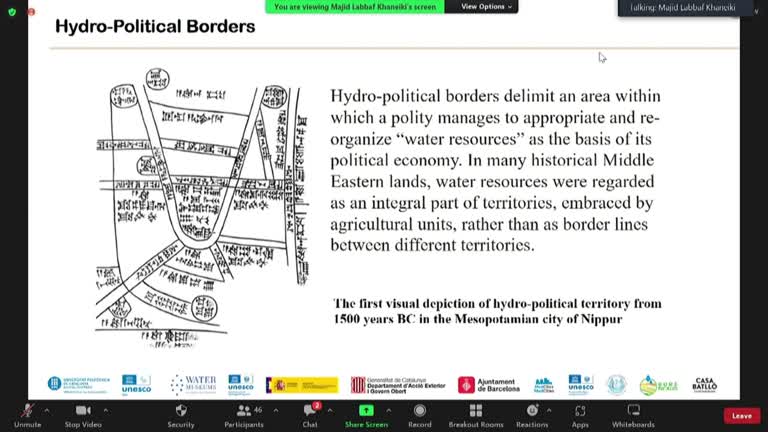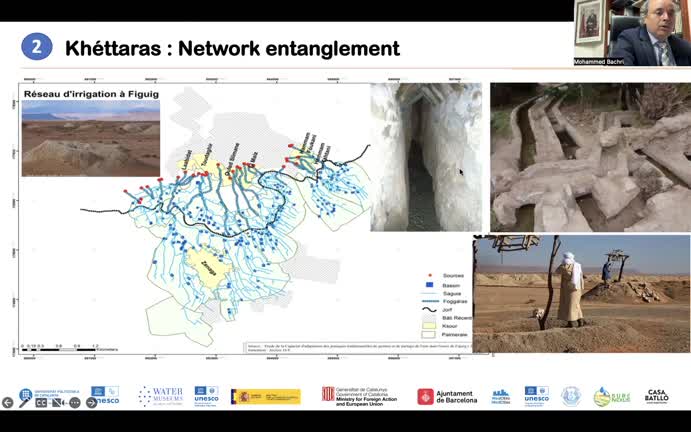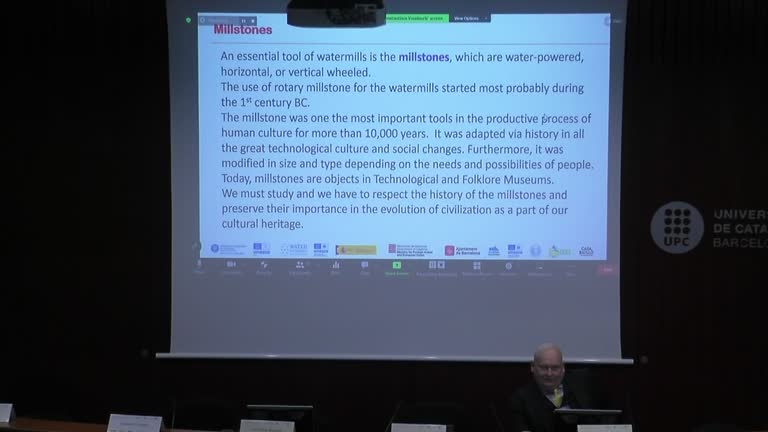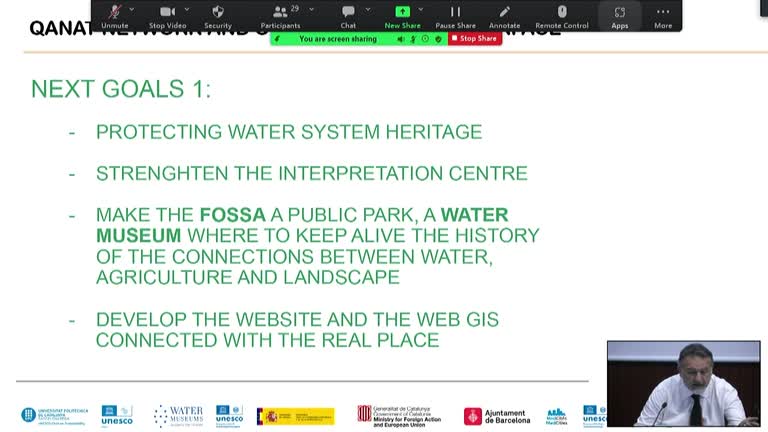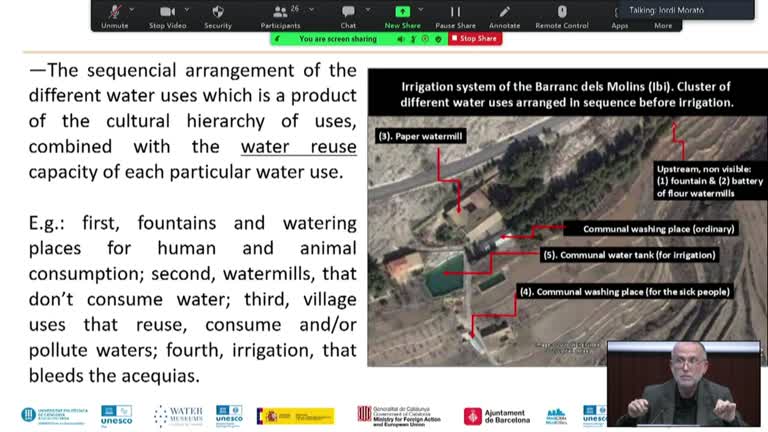Objectes multimèdia amb l’etiqueta: Actes, jornades i conferències
Resultats de la cerca
Sustainable Development and Indigenous Knowledge: What is the Role of Ancestral Communal Ponds -Birket- in Lebanon?
Accés obert
17 de febr. 2023
Las Jollas. Hydrotechnologies as a basis for agroecological practices in the Valley of Mezquital Hidalgo, Mexico
Accés obert
17 de febr. 2023
Ancestral hydrotechnologies on mediterranean islands as a response to water scarcity
Accés obert
17 de febr. 2023
Industrial water heritage: a worldwide inventory and exhibition project
Accés obert
17 de febr. 2023
Traditional system of irrigation and water harvesting in Morocco: case of the khetaras and the Matfias
Accés obert
17 de febr. 2023
Water-mills: Their history and evolution in Greece through the centuries
Accés obert
17 de febr. 2023
Qanat in Palermo: an ancient hydraulic network for the understanding of cultural heritage
Accés obert
17 de febr. 2023


